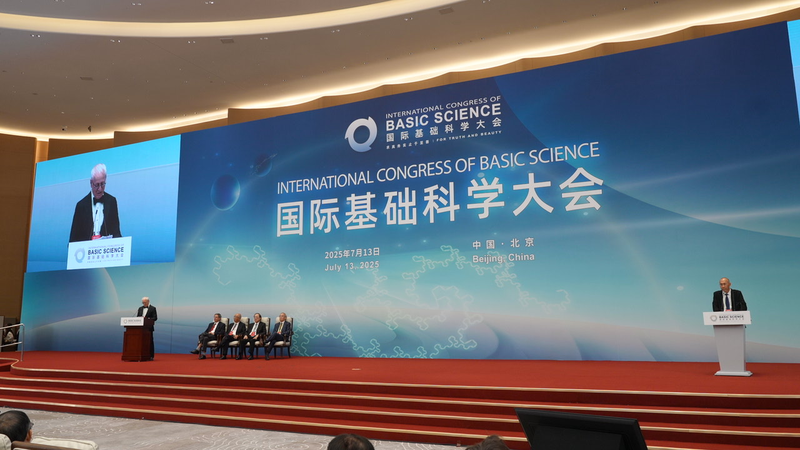Renowned physicist Chen Ning Yang, whose groundbreaking work reshaped modern physics, died in Beijing on Saturday at the age of 103. A towering figure in science, Yang's contributions spanned theoretical physics, education, and cross-border academic collaboration.
Born in 1922 in Hefei on the Chinese mainland, Yang moved to the U.S. in the 1940s for advanced studies. His collaboration with Tsung-Dao Lee earned them the 1957 Nobel Prize in Physics for disproving the conservation of parity in weak nuclear interactions—a discovery that transformed particle physics.
Yang's most enduring legacy, the Yang-Mills gauge theory developed with Robert Mills, remains foundational to the Standard Model of particle physics. Colleagues describe it as "the backbone of our understanding of fundamental forces."
After returning to China in the late 1990s, Yang joined Tsinghua University, dedicating over two decades to nurturing scientific talent and fostering global research partnerships. His efforts helped elevate China's role in international physics discourse.
"His return symbolized a bridge between Eastern and Western scientific communities," said a Tsinghua University spokesperson. "He inspired generations to pursue curiosity-driven science."
Reference(s):
cgtn.com








